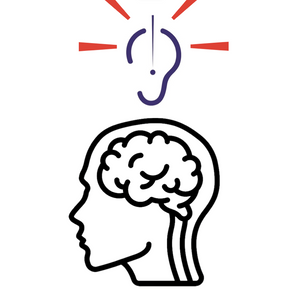Pain can be challenging to treat, it is often a highly multivariate problem involving several stages of neural processing in multiple areas of involvement;[1] it inextricably involves both psychological and physiological aspects of being;[2] and, the feeling of pain is subjective, with high variability between individuals.[3,4]
For Pain Management Programs (PMPs), the auricular microsystem can help clinicians quickly access specific relevant neural pathways to regulate processing. In fact, leading medical institutions are using auricular methods to reduce the need for opioids by up to 60%.[5-9] Auricular Medicine practitioners would argue that they could achieve even better outcomes owing to active point finding using Vascular Autonomic Signal (VAS) palpation, such as in the pain treatment study presented by Dr. Muriel Agnes.[10]
By identifying dynamically active auricular points on a patient, practitioners of Auricular Medicine can quickly identify all of the active neural states involved in an individual’s multivariate, highly complex, pain condition. More importantly, the practitioner can then reduce the complexity with neural insight. Auricular Medicine approaches help prioritize points for auricular neuromodulation in order to achieve the most effective treatment path toward a regulated state of homeostasis in the system. These approaches address the underlying neural disturbances of a condition. For this reason, Auricular Medicine is known to be highly effective in treating complex health conditions and cases of therapy resistance.[11]

As reported in Hektoen International, Journal of Medical Humanities, Frank Yurasek presents a research poster on clinical auricular methods
at the SAR Conference hosted by the Stanford Anesthesiology Department.
From the Division of Pain Management at Cook County Hospital — a hospital with a history for innovative teaching — the Director of Acupuncture, Dr. Frank Yurasek, is leading the call for training in German Auricular Medicine to be integrated in all fields of medical practice, “this training may very well transform your approach to pain management.” His call is being answered by the Canadian Institute of Auricular Medicine (CIAM), a global online leader in continuing education for the field of Auricular Medicine, and endorsed by the German Academy for Acupuncture (Deutsche Akademie für Akupunktur | DAA). CIAM has joined in collaboration with Dr. Yurasek to provide training, and support Dr. Yurasek’s call for greater integration of Auricular Medicine in pain management settings. The first training being piloted in this effort will be presented at the Chicago College of Oriental Medicine, October 28-30. This training is an accelerated, pain-management-focused, presentation of CIAM’s online Level 1 training (enrollment includes the online Ear Point Guide).
Friday 9:30am - 5:30pm
Saturday 9:00am - 5:00pm
Sunday 9:00am - 5:00pm
180 N Michigan Ave, Suite 1919
Chicago, Illinois 60601
Validated parking will be offered
Please visit: www.ccoom.org







Comments